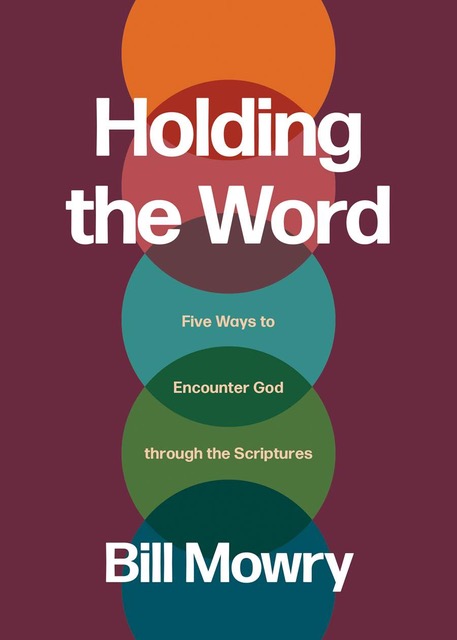My wife Peggy spent twenty years in corporate America working with two Fortune 500 companies. Large corporations love strategic plans and strategies for change. About every four years you could count on a new strategic plan led by another highly paid consultant or CEO. After experiencing several of these corporate strategic plans, Peggy could predict the outcomes. Culture change meant two things: downsizing employees and re-shuffling the administration chart.
At no time in her experience did an immediate supervisor say to her, “Shadow me for a few days. I will show you how we want our change lived out.” Nor did she ever receive any training. In fact, the corporate world always seemed to downsize the training department first. The very people hired to help implement the changes are released.
It’s easy for churches to embrace this same mindset as they think about building a disciplemaking culture. The eagerness to plan, strategize, or conduct a SWOT analysis are our customary ways of doing things. Now, “strategery” and SWOT analyses are good tools but we need to discern their timing. The first priority should be training people to model the disciplemaking process.
Why modeling? The Bible speaks repeatedly about the importance of models. Here’s a passage that caught my attention recently. After the death of King Saul, the tribes of Israel rallied around David. Why him? “In times past, when Saul was king over us, it was you who led out and brought in Israel (2 Samuel 5:2),” the people said. They expected Saul to lead them into battle but David was the one who rose to the occasion. He led by his example and the people embraced him as their king.
Culture building starts when we MODEL before we plan. We first model disciplemaking with the pastor or appropriate leaders. They will then model disciplemaking within the context of a one-to-one ministry or a discipleship triad with others. Everyone needs to “feel” disciplemaking before they can “do” disciplemaking.
Resist the urge to plan too soon. We want people to feel disciplemaking before we discuss vision, mission, or values. Talking about a vision for disciplemaking now takes place within the reality of a personal ministry rather than in the vacuum of nice theory. Keep repeating to yourself and to the church leaders, “We model before we plan.”


Leave a Reply